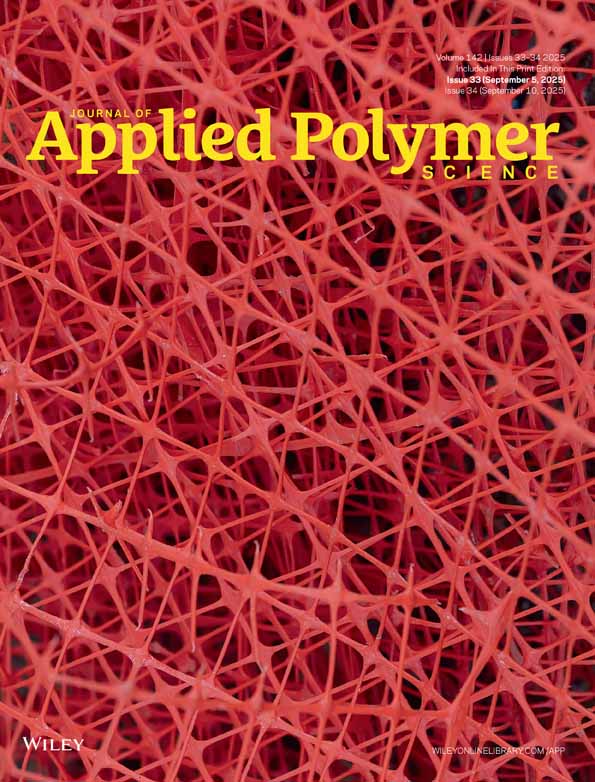Influence of microwave heating on the kinetic of acrylic acid polymerization and crosslinking
Abstract
Kinetics of isothermal formation of poly (acrylic acid) (PAA) hydrogels through polymerization of acrylic acid and crosslinking of the PAA formed in a conventionally heated reaction system and in a microwave heated reaction system were investigated. It was found that in the microwave heated system the reaction rate constant of PAA hydrogel formation significantly increased (from 32 to 43 times) when compared with the conventionally heated system. The isothermal kinetics of the PAA hydrogel formation during the microwave process could be described by the so-called first-order chemical reaction kinetics model. In contrast, the so-called second-order chemical reaction rate model could best describe the isothermal kinetics of the PAA hydrogel formation during the conventionally heated process. Also, in the microwave heated system, the reaction kinetics of the PAA hydrogel formation and its kinetic parameters changed, that is, the activation energy (Ea) decreased by about 19% and the pre-exponential factor (lnA) decreased by 2.2 times. The decrease in activation energy, change in entropy of activation energy, and decrease in the pre-exponential value of PAA hydrogel formation under microwave heating are caused with increased energy of the reactive species when compared with their energy in thermal activation. Increased energy of the reactive species is a consequence of rapid transfer and absorption of the energy of microwave field to the existing reactive species. © 2009 Wiley Periodicals, Inc. J Appl Polym Sci, 2010




